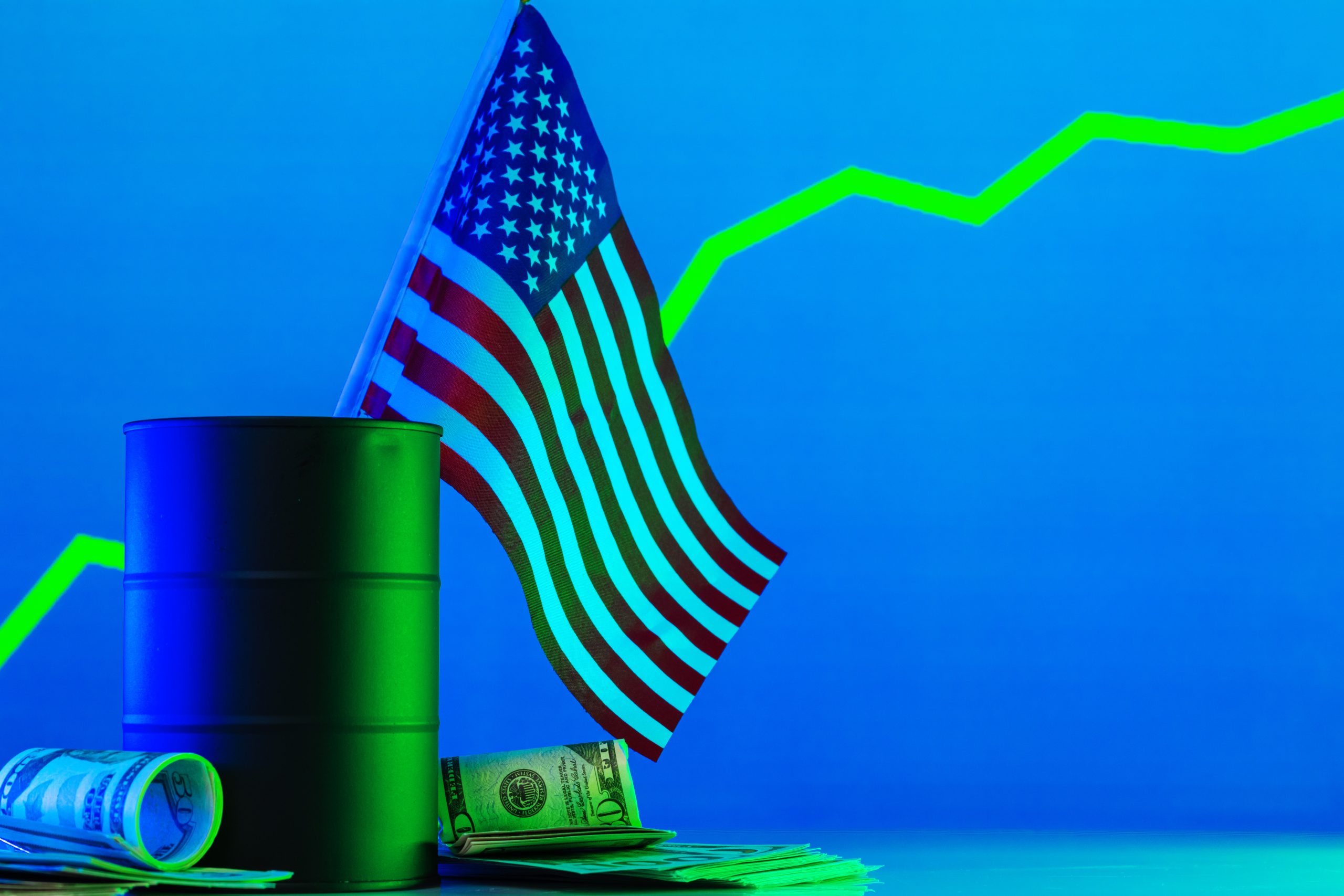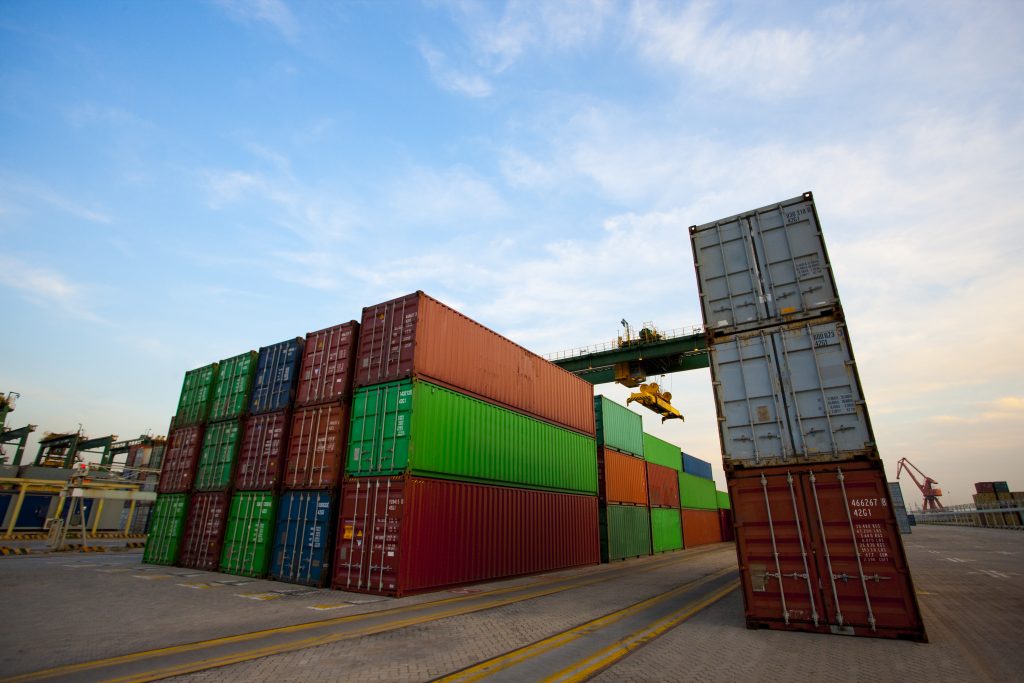Tariffs and Their Economic Impact

Tariffs and Their Economic Impact: The Invisible Tax That Shapes Prices, Jobs, and Investments
Tariffs have returned to the center of global economic debate. From trade tensions between the United States and China to new border taxes on electric vehicles and European steel, the world is entering a new era of strategic protectionism. Although tariffs might seem like a technical matter for policymakers, they have a direct impact on the prices we pay, the competitiveness of businesses, and even our personal finances.
Below, we’ll break down what tariffs really are, why governments impose them, how they influence prices, which industries are most exposed, and — most importantly — how investors and business owners can prepare for their effects.
1. Tariffs in Context: The New Frontier of Global Trade
A tariff is a tax that a country levies on imported (and occasionally exported) goods when they cross its border. It is usually calculated as a percentage of the product’s value (“ad valorem”) or as a fixed fee per unit.
The traditional purpose of a tariff is to make foreign goods more expensive, thereby protecting local industries. For example, if the U.S. imposes a 25% tariff on Chinese cars, a vehicle that used to cost $20,000 will now cost $25,000 upon arrival. The result: domestically produced cars become more price-competitive.
However, tariffs are much more than just taxes:
-
They are political instruments used to negotiate trade terms or pressure other nations.
-
They serve as sources of government revenue.
-
And they function as economic levers capable of reshaping entire global supply chains.
2. The Real Reasons Behind Tariffs: Protection, Power, and Revenue
Every tariff carries a strategic purpose — economic, political, or social. The most common motives include:
🏭 Protecting Local Industries
When domestic industries are being undercut by cheaper imports, governments use tariffs to level the playing field.
Example: In 2018, the U.S. imposed tariffs on imported steel and aluminum to support domestic producers. While this benefited local mills, it raised costs for automakers and construction companies.
💰 Government Revenue
Before income taxes existed, tariffs were the primary source of government income. Even today, they contribute billions to public budgets. In 2024 alone, the U.S. collected over $80 billion in customs duties.
🌍 International Negotiation and Retaliation
Tariffs are also a diplomatic weapon. During the “trade war” between the U.S. and China (2018–2020), both nations imposed reciprocal tariffs on hundreds of goods. The ripple effects included inflation in electronics, a drop in U.S. farm exports, and global supply chain disruptions.
⚙️ Strategic and National Security
Some tariffs are designed to protect sectors considered “vital” — such as defense, energy, and high-tech manufacturing — to prevent dependency on foreign suppliers.
Example: The European Union’s tariffs on Chinese semiconductors and batteries, intended to boost domestic production.
3. How Tariffs Disrupt the Real Economy
Tariffs affect far more than just the price tags on store shelves. They reshape how entire industries operate.
🔺 Rising Costs Across the Supply Chain
If an importer used to pay $100 for a component and a 20% tariff is introduced, the cost jumps to $120. When that component is critical to the finished product, the extra expense trickles down the line.
Example: A U.S. air-conditioning manufacturer importing compressors from Mexico faces a 25% tariff. It can either absorb the cost (cutting profits) or pass it on to consumers (raising retail prices).
💸 Inflationary Pressure
When input costs rise, companies increase prices to compensate. Over time, this pushes up the prices of durable goods like cars, appliances, and machinery — adding fuel to inflation. Central banks may then raise interest rates, tightening financial conditions.
📉 Weaker Global Competitiveness
Companies reliant on imported inputs face higher costs, reducing their ability to compete globally against foreign rivals.
⚖️ Mixed Effects on Employment
While tariffs can preserve jobs in certain industries, they can destroy more jobs in others — particularly in export-driven or import-dependent sectors.

4. Industries Most Exposed to Tariffs
Virtually every industry connected to global supply chains can feel the effects of tariffs, but some are far more sensitive:
| Sector | Main Impact | Real-World Example |
|---|---|---|
| Automotive | Higher costs for steel and imported parts | U.S. tariffs on Asian auto components |
| Technology & Electronics | Dependence on chips, batteries, and displays | U.S.–China trade restrictions |
| Agriculture | Export losses and higher fertilizer costs | China’s tariffs on U.S. soybeans |
| Construction | More expensive steel, aluminum, and machinery | Rising infrastructure costs in the U.S. |
| Energy & Mining | Costlier imported equipment and pipes | Tariffs on Russian and Mexican steel |
In short: tariffs ripple through entire value chains, shaping profits, prices, and long-term competitiveness.
5. Tariffs and Financial Markets: The Investor’s Perspective
For investors and business owners, tariffs are not an abstract macroeconomic concept — they’re a force that moves markets.
📊 Effects on Stocks
-
Import-heavy companies may see thinner margins and lower earnings.
-
Domestic producers that compete with imports might benefit — at least temporarily.
Example:
After the U.S. tariffs on Chinese goods in 2019, shares of major retailers like Walmart and Target dipped amid cost concerns, while domestic steel producers saw brief price rallies.
💹 Effects on Currencies
Tariffs can strengthen the local currency in the short term (by reducing import demand), but can weaken it over time if growth and competitiveness decline.
🏦 Effects on Bonds and Inflation
If tariffs drive up prices, inflation rises, and bond values erode — pushing central banks to hike rates, which in turn affects bond yields and stock valuations.
6. How to Prepare: Smart Strategies for Investors and Entrepreneurs
-
Analyze Global Exposure – Review how much of a company’s inputs or sales depend on foreign markets. Import-dependent businesses face greater risk.
-
Diversify by Region and Sector – If one economy tightens trade, others may benefit. Balance your portfolio across different geographies.
-
Favor Supply-Chain Flexibility – Companies capable of shifting production between countries (e.g., to Mexico, Vietnam, or India) adapt better to tariff shocks.
-
Identify “Tariff Beneficiaries” – Domestic suppliers or regional manufacturers may gain from import substitution.
-
Use ETFs and Thematic Funds – Consider funds focused on reshoring, domestic production, or industrial resilience.
-
Maintain Liquidity – Market volatility often follows trade disputes; cash reserves allow you to seize opportunities when others panic.
7. Outlook for 2025–2026: The Rise of Controlled De-globalization
The global economy is shifting toward regionalized trade networks — “friend-shoring” and “near-shoring” are the new buzzwords.
Countries are moving factories closer to home and applying selective tariffs to protect strategic sectors like clean energy, semiconductors, and AI infrastructure.
This means tariffs are here to stay. They will evolve into permanent instruments of industrial policy. For informed investors, that’s not a threat — it’s a roadmap for opportunity.
8. Conclusion: Tariffs as the Hidden Thermometer of the Economy
Tariffs are not just about customs paperwork — they’re a mirror of global economic power.
They influence what we buy, how much we pay, where companies produce, and how markets move.
Understanding tariffs allows you to:
-
Anticipate inflationary trends,
-
Spot sectors at risk or poised to benefit, and
-
Build more resilient investment strategies.
In essence, tariffs are the invisible tax shaping the modern economy — and for those who can read their signals, they become a strategic advantage rather than an obstacle.

